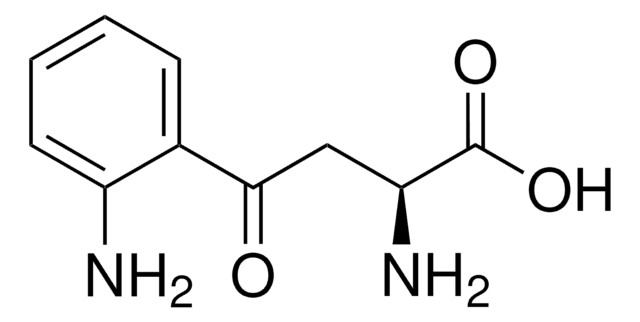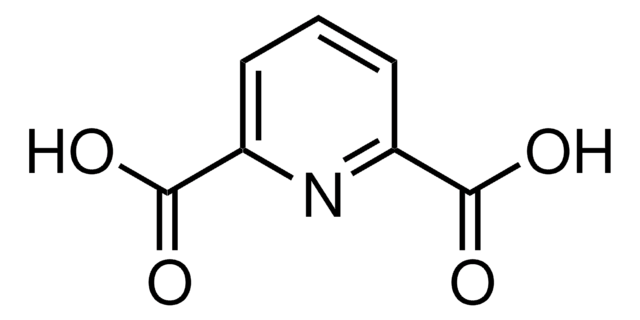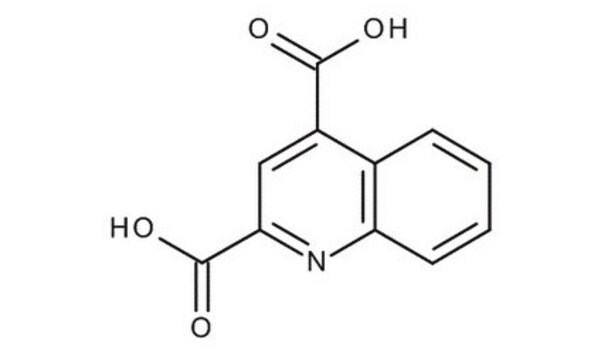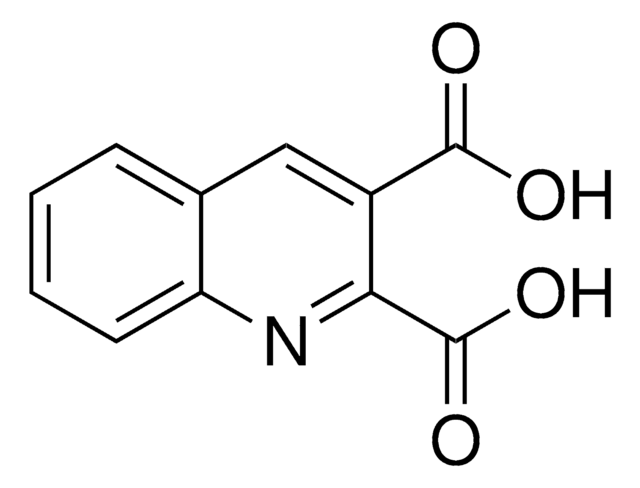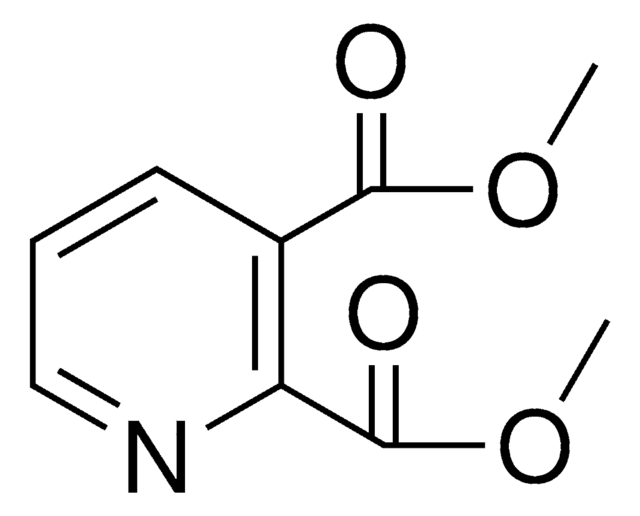Kluczowe dokumenty
P63204
2,3-Pyridinedicarboxylic acid
99%
Synonim(y):
Quinolinic acid
About This Item
Polecane produkty
Poziom jakości
Próba
99%
Formularz
powder
mp
188-190 °C (dec.) (lit.)
ciąg SMILES
OC(=O)c1cccnc1C(O)=O
InChI
1S/C7H5NO4/c9-6(10)4-2-1-3-8-5(4)7(11)12/h1-3H,(H,9,10)(H,11,12)
Klucz InChI
GJAWHXHKYYXBSV-UHFFFAOYSA-N
informacje o genach
rat ... Gria1(50592) , Grin2a(24409)
Szukasz podobnych produktów? Odwiedź Przewodnik dotyczący porównywania produktów
Powiązane kategorie
Zastosowanie
Hasło ostrzegawcze
Warning
Zwroty wskazujące rodzaj zagrożenia
Zwroty wskazujące środki ostrożności
Klasyfikacja zagrożeń
Eye Irrit. 2 - STOT SE 3
Organy docelowe
Respiratory system
Kod klasy składowania
11 - Combustible Solids
Klasa zagrożenia wodnego (WGK)
WGK 3
Środki ochrony indywidualnej
dust mask type N95 (US), Eyeshields, Gloves
Wybierz jedną z najnowszych wersji:
Masz już ten produkt?
Dokumenty związane z niedawno zakupionymi produktami zostały zamieszczone w Bibliotece dokumentów.
Klienci oglądali również te produkty
Global Trade Item Number
| SKU | GTIN |
|---|---|
| P63204-100G | 4061834393269 |
| P63204-25G | 4061834393276 |
Nasz zespół naukowców ma doświadczenie we wszystkich obszarach badań, w tym w naukach przyrodniczych, materiałoznawstwie, syntezie chemicznej, chromatografii, analityce i wielu innych dziedzinach.
Skontaktuj się z zespołem ds. pomocy technicznej

